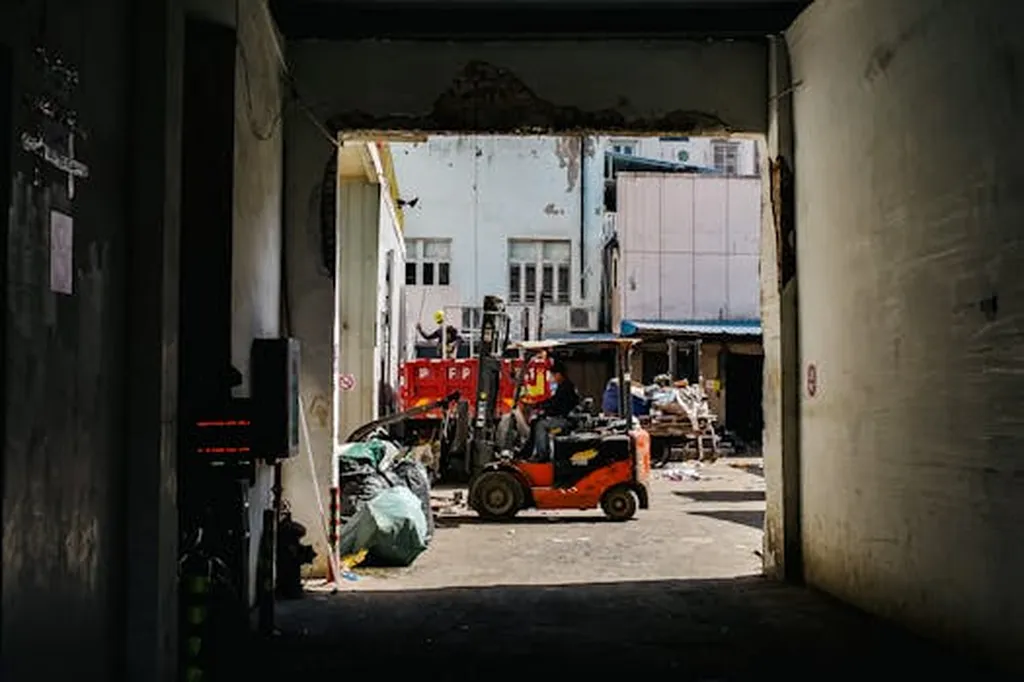In the heart of China’s bustling megalopolises, a novel solution to urban congestion and pollution is emerging from the depths beneath our feet. Researchers from the Institute of Logistics Science and Engineering at Shanghai Maritime University, led by Boyu Liu, Chengji Liang, and Yu Wang, have proposed a multilevel underground logistics network that could revolutionize the way goods are transported in our cities.
The team’s research, published in the journal ‘Jisuanji gongcheng’ (translated to ‘Computer Engineering’), addresses the pressing issues of air pollution and traffic congestion caused by the ever-increasing number of vehicles and urban population. Their solution? A combination of deep tunnel transportation and shallow pipebag channel transportation, designed to transfer a significant portion of cargo traffic underground, thereby releasing much-needed transport capacity on the surface.
At the core of their work is an integer programming model that optimizes the design of this multilevel underground logistics network, considering both cost and resource utilization efficiency. To tackle the complex decision-making process, the researchers developed a two-layer heuristic algorithm that combines simulated annealing and an immune algorithm. This algorithm first decomposes the solution space using mean-shift clustering to eliminate unreasonable decisions, then optimizes the decision-making of node locations and traffic allocation.
The results of their numerical experiments and case studies are promising. The proposed algorithm outperforms traditional genetic algorithms, improving solution optimization by 2% to 7% for node layout and network planning problems while reducing computation time by approximately 50%. As Boyu Liu explains, “Our model and algorithm provide a more efficient and cost-effective way to plan and optimize underground logistics networks, which can significantly alleviate the pressure on surface transportation.”
For the maritime sector, the implications are substantial. As cities continue to grow and expand, the demand for efficient and sustainable logistics solutions will only increase. Underground logistics networks could serve as a vital link between ports and urban distribution centers, reducing congestion on surface roads and improving overall supply chain efficiency.
Moreover, the development of such networks presents new opportunities for maritime technology and infrastructure companies. From the design and construction of underground tunnels and pipebag channels to the development of specialized vehicles and automation systems, the potential for innovation and investment is vast.
Chengji Liang highlights the broader impact, stating, “By transferring part of the cargo flow underground, we can not only improve the living conditions of residents but also enhance the overall competitiveness of urban economies.” This is particularly relevant for coastal cities and regions heavily reliant on maritime trade, where efficient logistics networks can make a significant difference in economic performance.
In conclusion, the research conducted by Boyu Liu, Chengji Liang, and Yu Wang offers a glimpse into the future of urban logistics, where the underground becomes an integral part of the supply chain. As cities continue to grapple with the challenges of urbanization, innovative solutions like these will be crucial in shaping sustainable and efficient logistics networks for the years to come.

